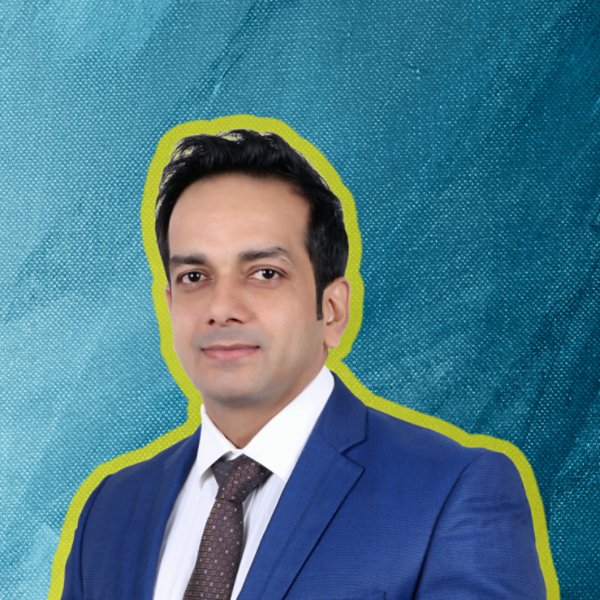Mike Lyons is recognized for technical leadership and innovation in critical enterprise network architecture and transformation. Lyons was selected to be part of the inaugural class of Kyndryl Distinguished Engineers, leading innovators who are shaping the future of Kyndryl and driving change in the industry.
What’s the biggest change in technology during your career, and how has it mapped back to your own job?
I’ve worked in the field of networks and communications for almost 30 years, and in that time the biggest trend has been the move from physical links and switches to increased virtualization.
To that end, today I have a Chief Technology Officer role within Kyndryl’s Network and Edge practice. A big part of that job is playing air traffic controller, helping to ensure that our networking teams are collaborating with other technical teams at Kyndryl — like those who manage mainframe technology, or cyber resilience, or digital workplace solutions — to best serve our customers. In a nutshell, I’m striving every day to bring consistency across our work for customers across our geographic markets all around the world. That means I’m helping our teams as they develop technical offerings that can then be taken to market.
What led you to this type of work?
Even when I was very young, I’d always been interested in the idea of communication and how it intersects with computing. In fact, if someone at a dinner party asked me, ‘What do you do for work,’ the easiest answer is that I move information for a living. Today that’s what I’m doing at Kyndryl. But when I was much younger, I was doing it with my Amateur Radio License.
Are you still a HAM radio operator?
I am. This has actually been a hobby of mine for about 40 years. It connects back to a very well-understood principle called Shannon’s Limit, which is a law that describes how much energy it takes to move a certain amount of information. Radio technology is the living embodiment of information that can move via a finite amount of bandwidth. We still use that law to transmit information through fiber optics from one country to another, or thousands of feet under the surface of the ocean. What I learned in amateur radio informs everything that I've ever done in terms of data center work.
Some of your most noteworthy accomplishments at Kyndryl have been in your data center work, correct?
I think one of the more high-level projects I worked on recently was in the development of reference architecture that now sits at the foundation of many data center transformation projects that are happening across Kyndryl. Put very simply, I helped figure out a way to consolidate data and storage traffic and make simpler how we approach data center management for our customers.
How long did it take to design and implement this type of change?
The germ of the idea started off in 2016 when I was working in London. I worked with the storage team to complete the significant engineering work on it through 2017, and then we moved on to developing a proof of concept. We were able to demonstrate very, very clearly that our architecture worked at scale, and now it’s being developed across geographies.
That’s neat, and also great that you’ve found a place where you can execute these big and important projects that help the world run more smoothly.
I think that work I did — along with the fact that Kyndryl is so proud of their Distinguished Engineers — is the best example of the company’s commitment to the development of technical careers and the deep well of different, neat assignments you can get in a technical role here. What’s more, you'll be both recognized and rewarded for doing that.
Now that you’ve been recognized by Kyndryl as a Distinguished Engineer, how does it make you feel?
Right off the bat, I have to say, it makes me very proud. It certainly makes my family proud.
But also it has me feeling a little nervous, too. Up until now, I've had a reasonable degree of anonymity. I've been able to do my work without too much interference because I’ve never had a high profile.
I see this as exciting, though, because it means I've got some new challenges to learn. The things I enjoyed most about becoming a Distinguished Engineer were going through the process of closing the gaps and what I can do to improve my work, looking forward to being a role model for others who also aspire to continue their own technical careers, and finally, remembering those people who taught me so much.


